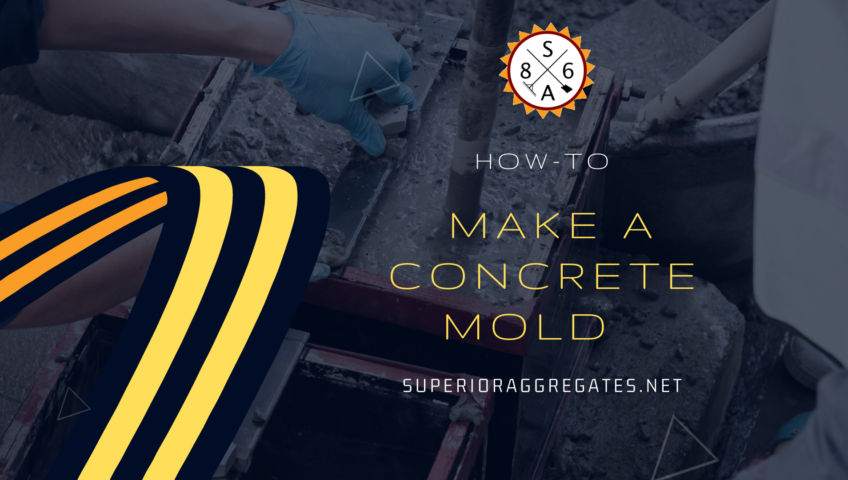
How to Make a Concrete Mold
Are you interested in creating a concrete mold by yourself? You need to make sure that you know how to do this safely. Furthermore, you also have to have the right materials. What are the steps that you need to follow if you want to successfully build a concrete mold? There are several steps to note.
Gather the Right Materials
First, you need to gather the right materials. You will need panels to create the mold, drywall screws, silicone caulk, bar clamps, ball bearing, a cordless drill, a circular saw, and a caulking gun. You will probably also want to wear latex gloves during this process.
Step 1: Cut the Panels
First, you have to cut the panel to the right size. A lot of people use a melamine board. If you would like to minimize chipping as you are going through the board, use a fine-tooth saw blade. Then, set the depth to just below the depth of the saw cut. Usually, this is about ⅞ of an inch.
Step 2: Clamp the Longer Side Walls to the Base of the Mold
Next, take the panels and lay them on a work surface. Place the longer walls on the edges. Hold them in place using the bar clamps.
Step 3: Drill the Pilot Holes
Once you are confident that the clamps are holding the board and place, drill several pilot holes spaced equal distances apart. Then, place the drywall screws through these holes. 1-inch drywall screws tend to work the best. Make sure that every screw is seated firmly. That way, the walls are drawn tight against the base. This will keep the mold in place when you use it.
Step 4: Add the Shorter Side Walls Next
After this, you should place the shorter sidewalls on their edges. Make sure they are next to the longer sides. Go through the same process with the shorter sides as you did with the longer side. Drill a few pilot holes. Then, add the screws. Make sure the screws are seated firmly to hold the concrete mold in place.
Step 5: Bevel the Corners
This is when you want to put on your gloves. Squirt a bead that is about half an inch in size of silicone caulk into every corner of the mold. After this, dip the ball bearing in some water. Draw the ball bearing down every caulked corner to make sure the curve is smooth.
Step 6: Clean Up Your Work by Removing Any Excess Caulk
Finally, wait for the silicone caulk to cure. Then, remove any excess silicone that may be in place. You may want to start by picking at the end of the strip with your fingernail. Then, pull any excess caulk away. Dispose of it safely.
Rely on a Professional Local Asphalt Company for Help Making a Concrete Mold
If this sounds like a complicated process, then you may want to reach out to a trained professional for assistance. With the help of an asphalt contractor, you can make sure that you do this job right the first time. If you do not have the right concrete mold, you may have a hard time finishing your project. Fortunately, there are professionals who have the training to make sure this process is performed correctly. You do not have to go through this alone. Do not hesitate to reach out to a professional for help.
